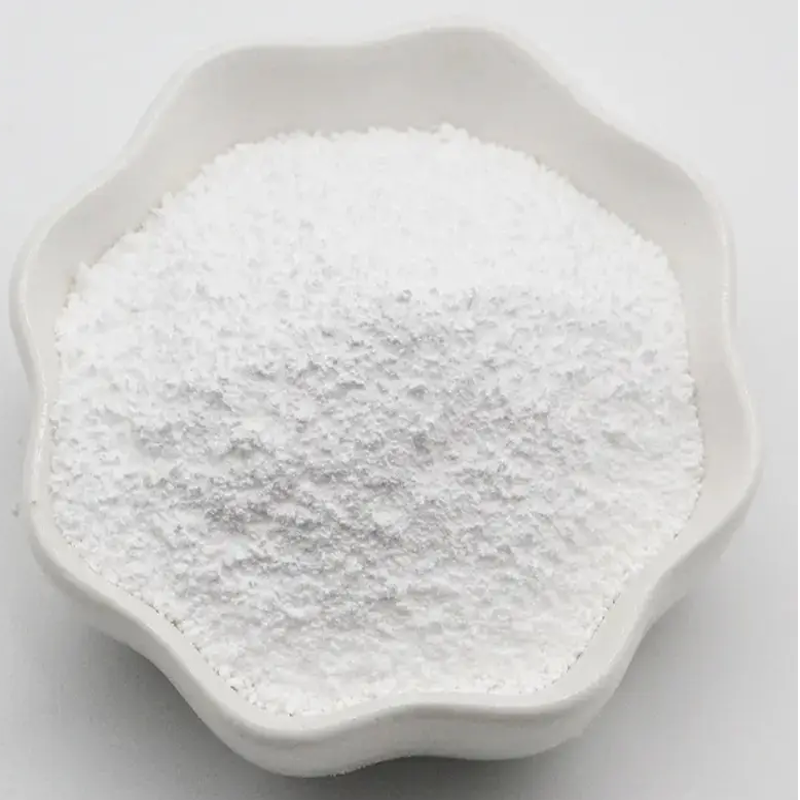-
Categories
-
Pharmaceutical Intermediates
-
Active Pharmaceutical Ingredients
-
Food Additives
- Industrial Coatings
- Agrochemicals
- Dyes and Pigments
- Surfactant
- Flavors and Fragrances
- Chemical Reagents
- Catalyst and Auxiliary
- Natural Products
- Inorganic Chemistry
-
Organic Chemistry
-
Biochemical Engineering
- Analytical Chemistry
- Cosmetic Ingredient
-
Pharmaceutical Intermediates
Promotion
ECHEMI Mall
Wholesale
Weekly Price
Exhibition
News
-
Trade Service
Background: Acute hypoxic respiratory failure is the most common life-threatening complication of severe acute respiratory syndrome coronavirus 2 (SARS-CoV-2) infecti.
Background: Acute hypoxic respiratory failure is the most common life-threatening complication of severe acute respiratory syndrome coronavirus 2 (SARS-CoV-2) infecti.
Prone position (PP) therapy is a nonpharmacological therapy that improves oxygenation through several mechanisms, including improving ventilation/perfusion matching, reducing compression of mediastinal weight on dependent lung regions, and altering chest wall elastici.
Two trials found that awake PP of varying durations either reduced intubation rates or provided no benefit in high-flow nasal intubation in COVID-19 patients with a wide range of respiratory failure severiti.
Objective: We evaluated the effect of early PP on 28-day non-invasive mechanical ventilation failure, tracheal intubation and death in patients with moderate-to-severe acute hypoxic respiratory failure caused by COVID-19, and explored the physiological mechanism of treatment respon.
Methods: In this non-randomized controlled trial, 81 patients with COVID-19 pneumonia and moderate to severe (PaO2/FiO2<200) acute hypoxic respiratory failure between December 2020 and May 2021 were treated with early PP+NIV therapy , and compared with 162 patients with COVID-19 pneumonia who received conventional (supine) NIV in the HUMANITAS Gradenigo sub-intensive care unit between April 2020 and December 2020 to limit confoundi.
Results: In an intention-to-treat analys.
Figure 1 Cumulative incidence of non-invasive ventilator (NIV) failure (A), death (B), and endotracheal intubation (C) in prone and control groups at 28 days after enrollme.
Figure 1 Cumulative incidence of non-invasive ventilator (NIV) failure (A), death (B), and endotracheal intubation (C) in prone and control groups at 28 days after enrollme.
TableEfficacy and safety results over 28 days for patients included in the primary (intention-to-treat) analysis, grouped by study intervention (n=243)
Patient A: 55-year-old male, PaO2/FiO2=75 mmHg on admission
Patient A: 55-year-old male, PaO2/FiO2=75 mmHg on admissionPatient B: A 60-year-old obese female (PaO2/FiO2 = 72 mmHg at registration)
Patient B: A 60-year-old obese female (PaO2/FiO2 = 72 mmHg at registration)Figure 2 Quantification of the extent and nature of lung parenchymal involvement at three levels (upper, intermediate, and lower) according to the scale validated by Salaffi et .
Figure 2 Quantification of the extent and nature of lung parenchymal involvement at three levels (upper, intermediate, and lower) according to the scale validated by Salaffi et .
FigureRelationship of gas exchange parameters on day 1 with clinical outcomes (NIV failure, death, endotracheal intubation, ETI) (n=18
FigureRelationship of gas exchange parameters on day 1 with clinical outcomes (NIV failure, death, endotracheal intubation, ETI) (n=18
Conclusion: Early prolongation of PP in patients with moderate to severe hypoxic respiratory failure associated with COVID-19 is safe and is associated with lower NIV failure rates, intubation rates, and mortali.
Original source: Musso G, Taliano C, Molinaro F, et .
Early prolonged prone position in noninvasively ventilated patients with SARS-CoV-2-related moderate-to-severe hypoxemic respiratory failure: clinical outcomes and mechanisms for treatment response in the PRO -NIV stud.
Crit Care 2022 Apr 29;26(1) Early prolonged prone position in noninvasively ventilated patients with SARS-CoV-2-related moderate-to-severe hypoxemic respiratory failure: clinical outcomes and mechanisms for treatment response in the PRO- NIV studyleave a message here







